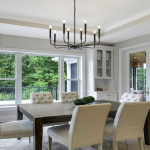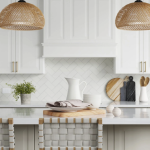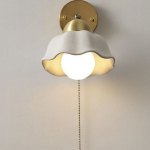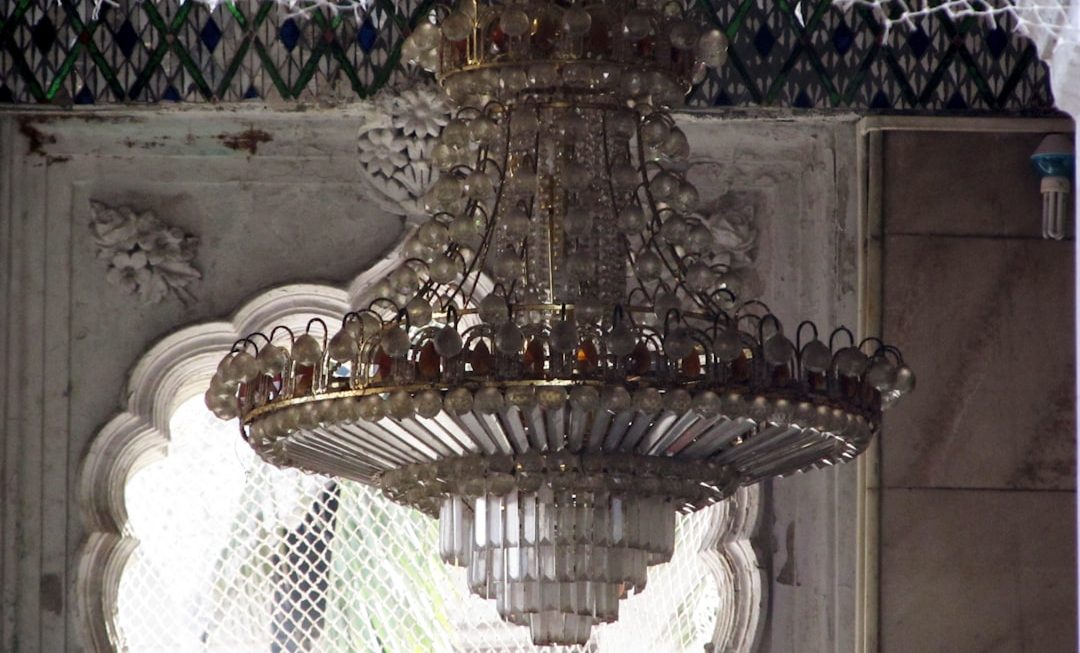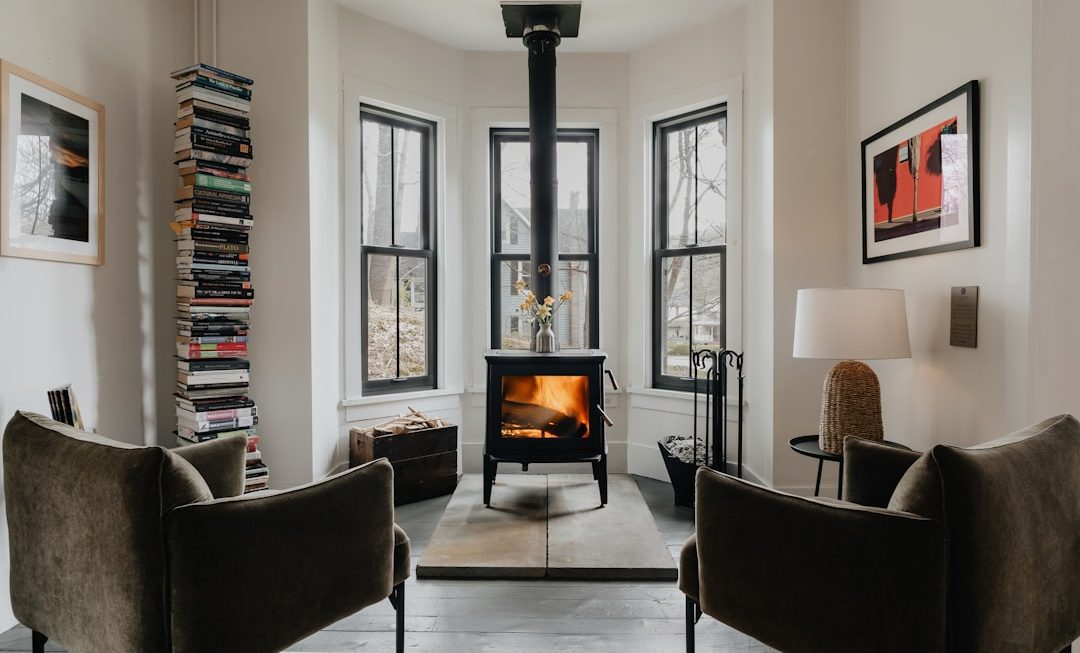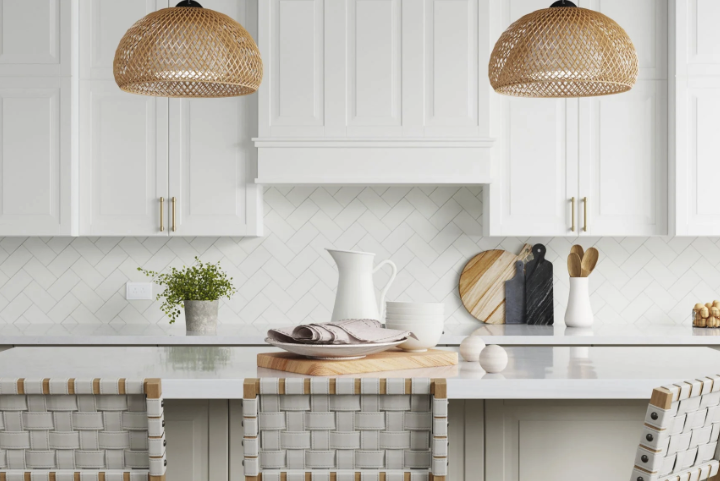The history of European style chandeliers is a fascinating journey that reflects the evolution of art, culture, and technology across centuries. Originating in the medieval period, chandeliers were initially simple wooden or iron frameworks that held candles. These early designs were functional, serving to illuminate large spaces such as churches and castles.
As the Renaissance unfolded in the 15th century, the chandelier began to transform into a more ornate and decorative piece. Artisans began to experiment with materials like glass and crystal, leading to the creation of stunning designs that not only provided light but also served as symbols of wealth and status. The introduction of lead crystal in the 17th century, particularly in regions like Bohemia and France, marked a significant turning point.
This innovation allowed for intricate cuts and designs that refracted light beautifully, elevating the chandelier from a mere lighting fixture to a work of art. By the 18th century, chandeliers had become a staple in the grand ballrooms and dining halls of European aristocracy. The opulence of the Baroque and Rococo styles influenced chandelier design, resulting in elaborate pieces adorned with crystals, gilded metals, and intricate motifs.
The famous Baccarat crystal chandeliers emerged during this period, showcasing the craftsmanship and artistry that defined European lighting design. As the Industrial Revolution took hold in the 19th century, advancements in manufacturing processes made chandeliers more accessible to the burgeoning middle class. This democratization of luxury led to a proliferation of styles, from the ornate designs of the Victorian era to the more minimalist approaches seen in Art Deco.
Each era contributed its unique flair to chandelier design, creating a rich tapestry of history that continues to influence contemporary styles.
The Timeless Elegance of European Style Chandeliers
Timeless Elegance of European Style Chandeliers
European style chandeliers exude a timeless elegance that transcends fleeting design trends. Their intricate craftsmanship and attention to detail make them not just lighting fixtures but also focal points that can transform any space into a realm of sophistication. The use of high-quality materials such as crystal, glass, and metal ensures that these chandeliers are not only visually stunning but also durable.
Creating an Enchanting Atmosphere
The way light dances through the facets of crystal or reflects off polished metal creates an enchanting atmosphere that can elevate the mood of a room. Whether it’s a grand ballroom or a cozy dining nook, a European style chandelier adds an air of refinement that is hard to replicate with other types of lighting. Moreover, the versatility of European style chandeliers allows them to seamlessly blend into various interior design aesthetics.
Adaptability and Versatility
From traditional to contemporary settings, these fixtures can adapt to their surroundings while still making a bold statement. The classic designs often feature ornate details like scrollwork and floral motifs, which can complement vintage or rustic interiors beautifully. Conversely, modern interpretations may embrace cleaner lines and minimalist forms, appealing to those who favor a more streamlined look.
A Timeless Piece for Any Home
This adaptability ensures that European style chandeliers remain relevant and desirable across generations, solidifying their status as timeless pieces that enhance both beauty and functionality in any home.
Choosing the Right European Style Chandelier for Your Space
Selecting the perfect European style chandelier for your space involves careful consideration of several factors, including size, style, and function. The first step is to assess the dimensions of the room where the chandelier will be installed. A chandelier that is too large can overwhelm a small space, while one that is too small may get lost in a larger room.
A general rule of thumb is to add the room’s length and width in feet; this sum will give you an approximate diameter in inches for your chandelier. Additionally, consider the height at which you will hang the fixture. A chandelier should typically be hung about 30 to 36 inches above a dining table or kitchen island to ensure adequate clearance while still providing ample illumination.
Once you have determined the appropriate size, it’s time to explore different styles that resonate with your personal taste and complement your existing decor. European style chandeliers come in an array of designs, from classic crystal-laden pieces reminiscent of Versailles to sleek modern interpretations featuring geometric shapes and minimalist aesthetics. Consider the overall theme of your space—if you have a traditional home with ornate furnishings, a grand chandelier with intricate detailing may be ideal.
Conversely, if your decor leans towards contemporary or industrial styles, you might opt for a more streamlined design with fewer embellishments. Ultimately, choosing a chandelier is not just about lighting; it’s about selecting a piece that reflects your personality and enhances the ambiance of your home.
Installing and Maintaining Your European Style Chandelier
Installing a European style chandelier can be a rewarding endeavor that significantly enhances your living space; however, it requires careful planning and execution to ensure safety and functionality. Before installation, it’s crucial to turn off the power at the circuit breaker to avoid any electrical hazards. If you are replacing an existing fixture, remove it carefully by unscrewing it from its mounting bracket and disconnecting the wires.
When installing your new chandelier, follow the manufacturer’s instructions closely. Most chandeliers come with a mounting bracket that should be securely attached to the ceiling joist. Once mounted, connect the wires—typically black to black (hot), white to white (neutral), and green or bare copper to ground—ensuring all connections are tight and insulated with wire nuts.
Maintenance is equally important for preserving the beauty and functionality of your chandelier over time. Regular cleaning is essential to keep dust and grime from dulling its sparkle. For crystal chandeliers, use a soft cloth or feather duster to gently wipe down each crystal pendant; avoid using harsh chemicals that could damage the finish.
If your chandelier has intricate details or hard-to-reach areas, consider using a mixture of warm water and mild soap for deeper cleaning—just be sure to dry each piece thoroughly afterward to prevent water spots. Additionally, check periodically for loose bulbs or connections; replacing burnt-out bulbs promptly not only maintains brightness but also prevents strain on the electrical components. By taking these steps, you can ensure that your European style chandelier remains a stunning centerpiece for years to come.
European Style Chandeliers: A Statement Piece for Any Room
European style chandeliers are undeniably statement pieces that can transform any room into an elegant sanctuary. Their grandeur often commands attention, making them ideal for spaces where you want to create an impression—be it an entryway, dining room, or living area. A well-placed chandelier can serve as a conversation starter, drawing guests’ eyes upward and inviting them to appreciate its intricate design and craftsmanship.
In larger spaces like ballrooms or grand halls, oversized chandeliers can create a dramatic focal point that enhances architectural features such as vaulted ceilings or ornate moldings. However, their impact is not limited to expansive areas; even smaller rooms can benefit from the charm of a European style chandelier when chosen thoughtfully. In intimate settings like bedrooms or home offices, a delicately designed chandelier can add a touch of luxury without overwhelming the space.
The key lies in selecting a size and style that harmonizes with the room’s proportions and decor theme. Whether it’s an opulent crystal chandelier or a more understated wrought iron piece, these fixtures have an innate ability to elevate any environment into one that exudes sophistication and grace.
Incorporating European Style Chandeliers into Modern Interior Design
Blending Classic Elegance with Modern Aesthetics
Incorporating European style chandeliers into modern interior design presents an exciting opportunity to blend classic elegance with contemporary aesthetics. While some may perceive chandeliers as relics of bygone eras, their versatility allows them to fit seamlessly into modern spaces when styled correctly. For instance, pairing a traditional crystal chandelier with sleek furniture and minimalist decor can create an intriguing juxtaposition that highlights both elements’ beauty.
Creating Contrast and Depth in Design
This contrast not only adds depth to the design but also showcases how timeless pieces can coexist with modern sensibilities. Moreover, designers are increasingly experimenting with innovative ways to integrate these fixtures into unconventional spaces. For example, hanging a smaller European style chandelier in an unexpected location—such as a bathroom or hallway—can infuse character into areas often overlooked in terms of decor.
Experimenting with Unconventional Placement and Layouts
Additionally, using multiple smaller chandeliers instead of one large fixture can create visual interest while maintaining an airy feel in open-concept layouts. This approach allows homeowners to experiment with different placement options and create a unique look that reflects their personal style.
Achieving a Sophisticated Look
By thoughtfully incorporating European style chandeliers into modern interior design schemes, homeowners can achieve a sophisticated look that honors tradition while embracing contemporary trends. This blend of classic and modern elements can result in a truly unique and captivating space that showcases the beauty of both styles.
The Versatility of European Style Chandeliers
The versatility of European style chandeliers is one of their most appealing attributes, allowing them to enhance various design themes across different settings. From grand ballrooms adorned with opulent crystal fixtures to cozy dining rooms featuring rustic wrought iron designs, these chandeliers can adapt effortlessly to their surroundings. Their ability to complement diverse aesthetics—from traditional elegance to modern minimalism—makes them suitable for virtually any space within a home or commercial setting.
This adaptability extends beyond mere appearance; many chandeliers now come equipped with adjustable features such as dimmable lights or interchangeable shades, further enhancing their functionality. In addition to their aesthetic versatility, European style chandeliers also offer practical benefits that make them suitable for various applications. For instance, they can serve as primary light sources in larger rooms while also providing ambient lighting in smaller spaces when used strategically.
Their ability to diffuse light beautifully creates an inviting atmosphere conducive to relaxation or social gatherings alike. Furthermore, these fixtures can be customized with different finishes or colors to align with specific design preferences or seasonal decor changes—making them not just lighting solutions but integral components of interior design that evolve alongside personal tastes over time. In essence, European style chandeliers embody both beauty and practicality, solidifying their place as timeless elements in any interior setting.

